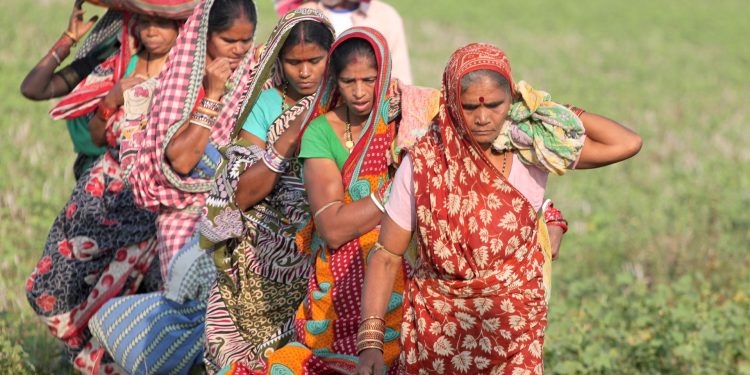Five Years Later: Remember India’s Daughter?

Introduction
Indian news is incomplete without at least one headline about rape and how it continuously plagues the women of India. Approximately five years ago, a tragedy seemed to spark the nation into wanting to change the course of society regarding the sexual assault of women. The 2012 Delhi gang-rape case of 23-year-old Jyoti Singh ignited a fire that needed to be lit years before. India and its citizens finally had enough of the recurring newspaper headlines and the conception that India would never be safe for a woman. A large part of society decided the time for change was now, and even though it had to coincide with the death of an innocent young woman, everyone finally seemed to acknowledge the rising need for a reform. Movements were inspired, a movie was created, and citizens swore to never let the fear of societal consequences stop them from fighting the empirically failing battle.
Problem
December 16, 2017, exactly one month from today, will mark the fifth year of one of the largest incidents to spur a social change about rape in India. The rape case has indefinitely had a positive impact on society and its road to reform. Evidence shows that there is a 40% increase of rape cases being reported in India during the last three years, presumably an impact of the tragic death of Jyoti Singh. While this in itself is great, the role of the victim can only go as far as the police department and law allow it to. And what no one wants to hear, is the police department, society, and the government seem to be hindering the movement rather than helping it spiral upward.
Police officers are still known to go as far as beating the rape victim into changing her mind about reporting a case, families still insist on being unsupportive and even disowning victims, and low-income village councils pressure women to refrain from getting the police involved.
Additionally, while the reporting of rape may be on the increase, the incidents themselves don’t seem to be decreasing too significantly. Almost 35,000 cases were reported in 2015, around six a day in Delhi.
Solution
The Delhi rape case resulted in stricter rape laws in 2013 where the crime had more severe punishments such as death for repeating offenders. While this was an important step forward, lots of things need to change in order for rape cases to be significantly decreased in India. Some important things that need to be addressed such as the inability of the police department to appropriately deal with victims, doctors who practice victim blaming, and the lack of legal assistance for the women.
Five year’s after Jyoti Singh’s mark in society, India owes it to her to convey that India’s daughter has not been forgotten, and will not be anytime soon.





